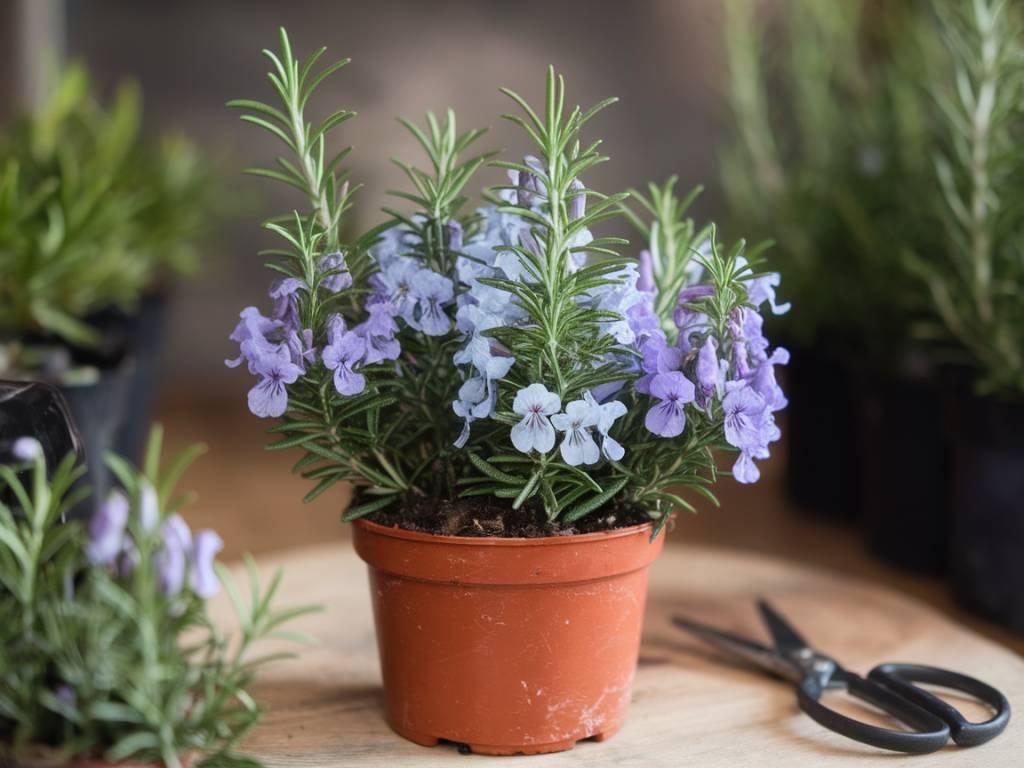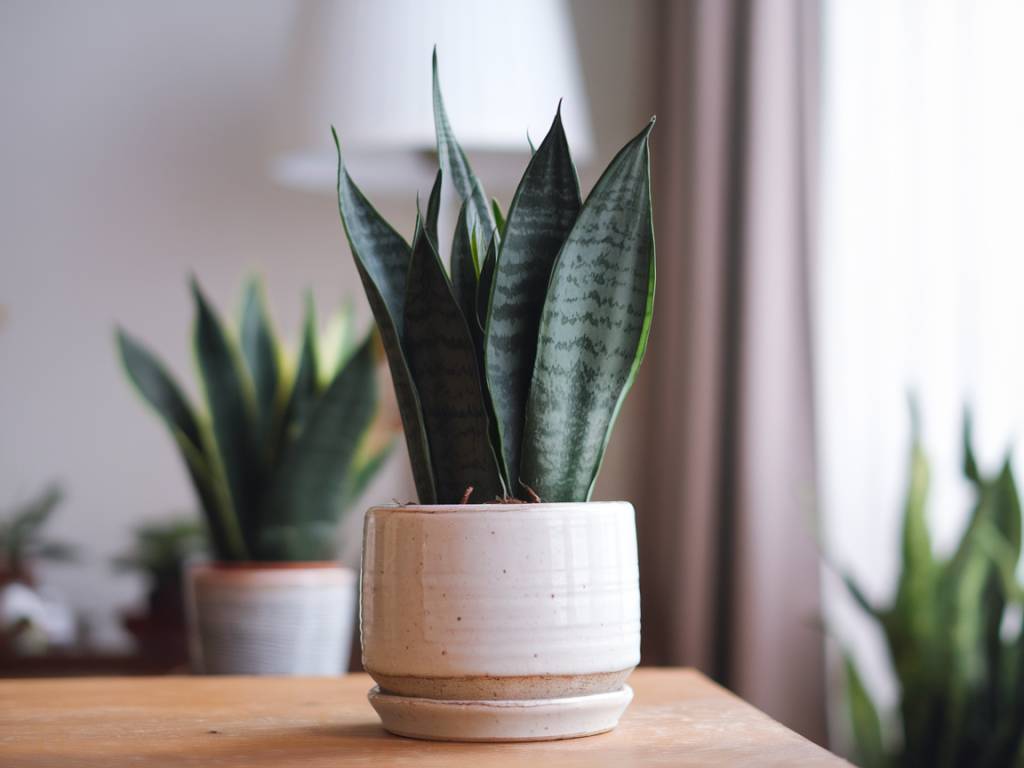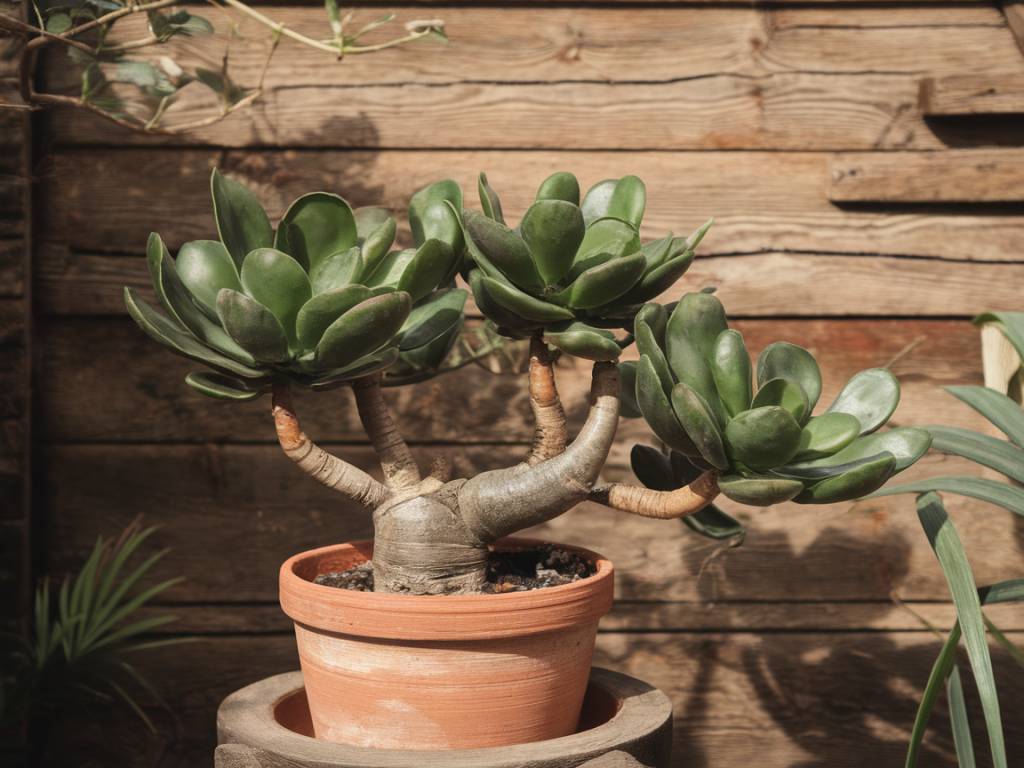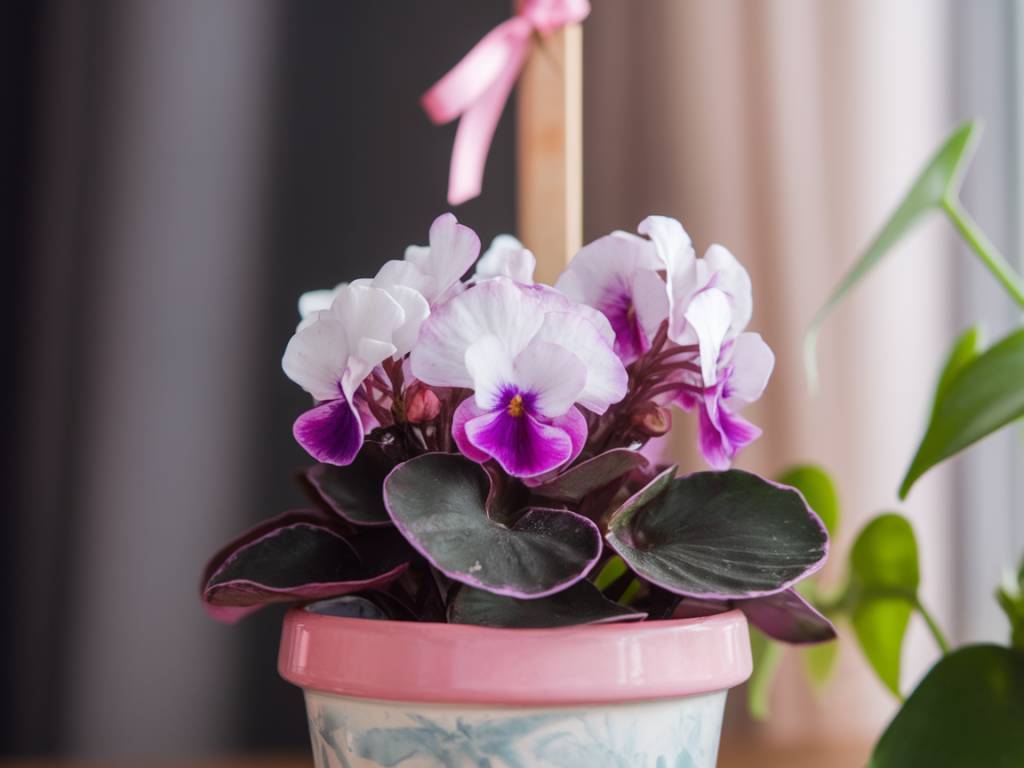Growing your own rosemary is one of the most rewarding experiences for any gardener. This hardy, aromatic herb can enhance your garden and your meals with ease. Let’s dive into the world of rosemary and discover how to cultivate and care for it, ensuring that it thrives in your garden.
Choosing the Right Varieties
There are several varieties of rosemary to consider, each with its own unique characteristics. Some of the most popular types include:
- Rosmarinus officinalis ‘Arp’: Known for its cold hardiness, making it suitable for UK climates.
- Rosmarinus officinalis ‘Tuscan Blue’: This variety has striking dark blue flowers and upright growth, ideal for hedges.
- Rosmarinus officinalis ‘Prostratus’: A trailing variety, perfect for ground cover or hanging baskets.
Consider your garden space and climate when choosing a variety. Each type can have slightly different needs in terms of soil, sun exposure, and water requirements.
Planting Rosemary
Rosemary thrives in well-drained, sandy soil and prefers a sunny spot in the garden. Here are some steps to start growing rosemary:
- Start with Healthy Plants or Seeds: You can either purchase young rosemary plants or start from seeds. If you choose seeds, keep in mind that they can take longer to germinate.
- Prepare the Soil: Mix a generous amount of compost with sand to create a well-draining soil. Avoid heavy clay soil as it can hold too much water and lead to root rot.
- Spacing: Provide enough space between plants to ensure good air circulation. A distance of about 50-60 cm (20-24 inches) is ideal.
- Planting: Dig a hole that is about twice the width of the plant’s root ball. Place the plant in the hole, backfill with soil, and gently press down to remove any air pockets.
If you’re planting in a container, ensure it has drainage holes. Rosemary can be particularly susceptible to waterlogged roots in containers, so select one that allows excess water to escape.
Caring for Rosemary
While rosemary is generally low maintenance, providing the right care will keep your plants healthy and productive. Here’s how to care for your rosemary:
- Watering: Rosemary prefers a slightly dry environment, so water it only when the soil feels dry to the touch. Overwatering can lead to root rot, which is the most common issue with rosemary.
- Pruning: Regular pruning encourages bushy growth and prevents the plant from becoming too woody. Trim back the tips of the branches regularly, and be sure to remove any dead or yellowing leaves.
- Fertilizing: Rosemary doesn’t need much fertilizer. A light application of an organic fertilizer in the spring can boost growth. Avoid high nitrogen fertilizers as they can lead to excessive leaf growth at the expense of flowers.
- Pest Control: Rosemary is relatively resistant to pests. However, you should still keep an eye out for aphids, spider mites, and scale insects. An organic insecticidal soap can help manage these pests if they appear.
Overwintering Rosemary
In the UK, winter can be a challenging time for rosemary. Here are some tips to help your plant survive the colder months:
- Bring Container Plants Indoors: If your rosemary is in a pot, bring it indoors before the first frost. Place it in a cool, bright location away from direct heat sources.
- Outdoor Plants: For rosemary planted in the ground, apply a thick layer of mulch around the base of the plant to help insulate the roots. Covering the plants with a garden fleece can also provide extra protection from frost.
- Water Sparingly: Reduce watering during the winter months as rosemary is less active and requires less moisture. Water only when the soil is completely dry.
Harvesting and Using Rosemary
One of the joys of growing rosemary is harvesting fresh sprigs for culinary use. Here’s how to harvest and make the most of your homegrown rosemary:
- Harvesting: Use a pair of sharp scissors or pruning shears to cut off the sprigs. The best time to harvest is in the morning after the dew has dried but before the heat of the day.
- Using Fresh: Fresh rosemary can be used to flavor meats, soups, stews, and roasted vegetables. Its aromatic properties can also enhance homemade bread and infused oils.
- Drying: To preserve rosemary, bundle sprigs together and hang them upside down in a cool, dark place with good air circulation. Once dried, store the leaves in an airtight container.
- Freezing: Another preservation method is freezing. Place fresh sprigs in a single layer on a baking sheet and freeze. Once frozen, transfer them to a freezer-safe bag or container.
The Benefits of Growing Rosemary
Beyond its culinary uses, rosemary offers several benefits:
- Pollinator-Friendly: Rosemary flowers attract pollinators like bees and butterflies, which are essential for a healthy garden ecosystem.
- Aromatic Qualities: The aromatic oils in rosemary can help repel certain pests, while the fragrant leaves make your garden smell delightful.
- Medicinal Uses: Traditionally, rosemary has been used for its medicinal properties, including boosting memory and relieving muscle pain. While I always recommend consulting a healthcare provider, incorporating rosemary into your diet can offer mild health benefits.
Rosemary is a versatile and resilient herb that can elevate both your garden and your kitchen. With the right care and attention, you can enjoy a thriving rosemary plant that provides beauty, aroma, and flavor year-round.
Happy gardening!
Samanta






